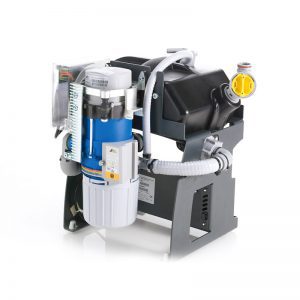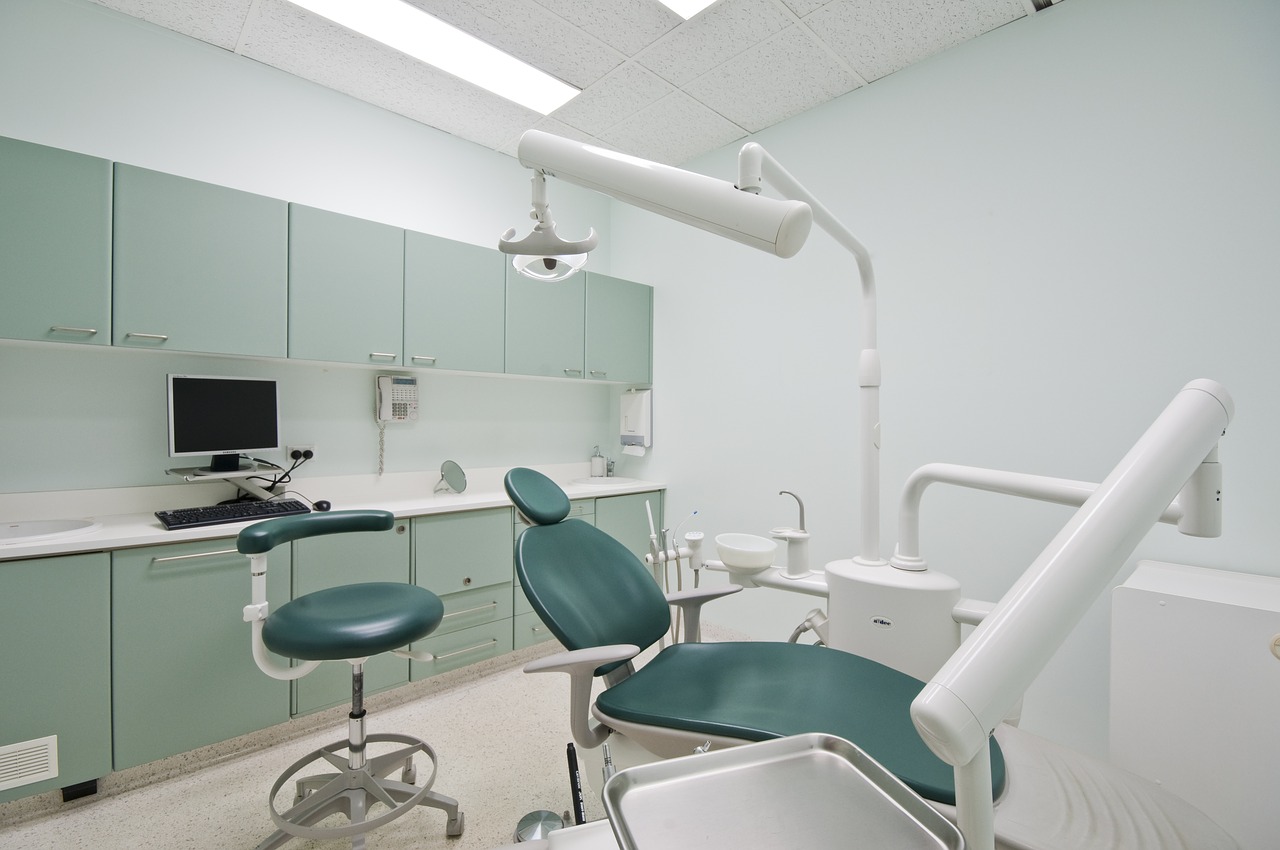The Australian orthodontic industry supports the Australian Government’s propositions for a national communication campaign to encourage the voluntary deployment of dental amalgam waste traps and separators. All these models vary in performance, the process of amalgam collection and recycling, servicing requirements, and the cost of purchase and maintenance after that. With no help, assessing amalgam separators could be a challenging task.
Below are the top 5 things you should know about finding the best amalgam separator for your dental clinic.
Suction Volume
Dental offices are set up differently since there are facilities with many operatories while some have less. The vacuum structure, which involves disposal lines and vacuum pumps, is correctly configured to accommodate the waste generated from your operations. Hence, the capacity of the waste lines and vacuum pumps should vary depending on the size of your facility. This factor is primarily based on how many successful operatories are active, ensuring that it uses the correct suction volume of each operatory.

Take the same cycle of reasoning into account when selecting the amalgam separator size. More prominent waste lines need separators with wider outlet and inlet connectors to help ensure that the suction pressure does not decrease once the separator is mounted. To measure the size of the separator you need to buy, inspect the diameter of the main suction line of your suction pump.
Filter Capacity
The bigger the operation, the more waste is generated and collected in the separator. However, remember that the separator doesn’t only trap amalgam waste. It also confines all the wastewater and debris pushed through the suction device, along with the prophylactic paste pumice collected throughout dental cleaning. Your amalgam separator even collects the waste generated by air abrasion and adds all this to the residue extracted by the separator filter. Each user is estimated to generate around half a litre of waste annually. You can get a reasonable estimate of your total waste a year by comparing this amount to the number of operators you have.
There are different separators that you can choose from in the market. Others have filter capacities that are much higher than many others. Consider these factors while calculating how many filter changes annually your practice will need to do to cope with the waste you pro.
Reliability & Guarantee
The amalgam separator is not just a short-term part of your machinery. Many separators are designed to last for a lifetime of your work, and others are not. Understand that separators that are made of sturdy materials which last and be wary of the few who may need to be replaced several years into the future. Be especially aware of brand guarantees, because some separators come with lifetime protections, whereas others are limited. Always ask your distributor what kind of product guarantees that the separator you want to buy has.
Many companies offer attractively low initial selling prices for amalgam separators. Most of these current offers persuade you to overlook the cost of annual system maintenance, so look at the ownership costs, including acquisition, configuration, support, and yearly maintenance costs. As far as the total cost of possession is concerned, the original purchase value will become meaningless regardless of your precautions. On the other hand, your average price for filter exchanges will become of utmost importance.
Recent Posts
- Castor Oil For Better Hair Growth: Is It Myth Or Fact?
- Exploring the Differences Between Sermorelin, Ipamorelin, Ibutamoren, GHRP2, and GHRP6: Understanding Their Role in Human Growth Hormone Regulation
- Unraveling the Mystery: Understanding the Causes and Prognosis of Ventricular Tachycardia Without Apparent Heart Disease
- Understanding Grandparents’ Rights in Oklahoma: Navigating Visitation and Legal Protections
- 10 Reasons to Consider Hypnotherapy for Your Health

